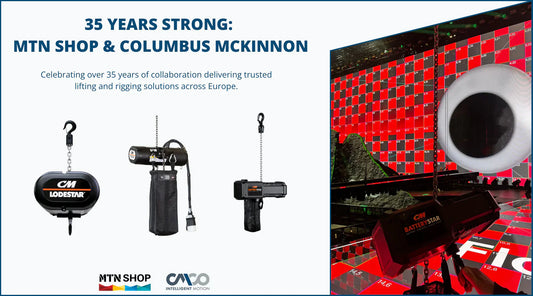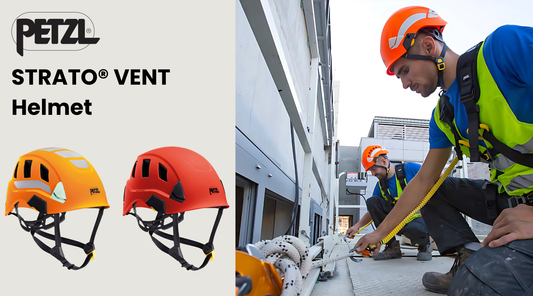Harvesting an Underwater Forest
Article
When considering the logging business, most people immediately think of forestry as hauling equipment, using loud chainsaws, and being especially cautious while working in the woods. However, logging can be also be done in another place: underwater.
Aqua logging is the process of logging trees from underwater forests. Traditional logging requires workers to rely on various tools and safety gear to get the job done. However, aqua logging differs in that workers use special underwater machinery to cut the trees and then float them to the surface.
Is wood from underwater usable?

A common misconception about aqua logging is that the wood is in poor condition from being underwater when in fact, the opposite is true--underwater logs are well-preserved because the water protects them.
The natural decomposition of trees occurs when they’re exposed to oxygen, light, and wood-consuming organisms.
Logs that sit in mud or soil for an extended period absorb minerals and tannins in their environment. Further, their color can be changed based on whether they’re in a sandy type of soil and such qualities make them more valuable. It’s also common for trees to contain preservative oils that help them maintain health.
How do underwater forests form?

Underwater trees are already growing in the soil before a man-made lake or reservoir is installed and those that are not removed continue to grow. They are also submerged from being unintentionally dropped by a logger.
Flashboard damming contributes to the formation of the underwater forests as well. Pioneers facilitated flashflood damming to transport logs more efficiently. They did so by temporarily blocking a creek or river so that timber could float to the designated area. Smaller logs became stuck in the banks from this process and were too difficult to collect.
How do aqua loggers harvest the trees?

Aqua logger’s harvesting methods depend on which kind of log needs to be removed.
One of two types are found: dead trees with roots or logs from past forestry work. The latter of which is referred to as sinkers. Aqua loggers cut down trees still connected to roots while they collect any sinkers.
Unlike traditional logging, which requires ear protection from chainsaws, aqua logging doesn’t use chainsaws and is significantly quieter.
Methods behind collecting sinkers are simple—in fact, just one log at a time is gathered by divers. The divers hook cables onto submerged logs before surfacing them.
Cutting trees rooted underwater is more complicated and requires some advanced machinery. However, the process is highly efficient; the machines can go up to 328 feet underwater and can cut one tree every three to five minutes in good conditions.
Although the long-term implications of aqua logging are still questionable, regulation of the business is commonplace.
California is subject to a Lake and Streambed Altercation Agreement (LSAA), as well as the California Environmental Quality Act (CEQA). Other states involved in underwater harvesting must also follow government standards through the National Environmental Policy Acts (NEPA), Clean Water Act (CWA), and Rivers and Harbors Act.
At MTN Shop we are enthusiasts of all things forestry and the arborist community. For more information, visit SHOPMTN.COM!
Sources:
https://www.wired.com/2007/02/logs/
https://www.ncbi.nlm.nih.gov/pmc/articles/PMC1247634/
https://www.custommade.com/blog/underwater-timber/



